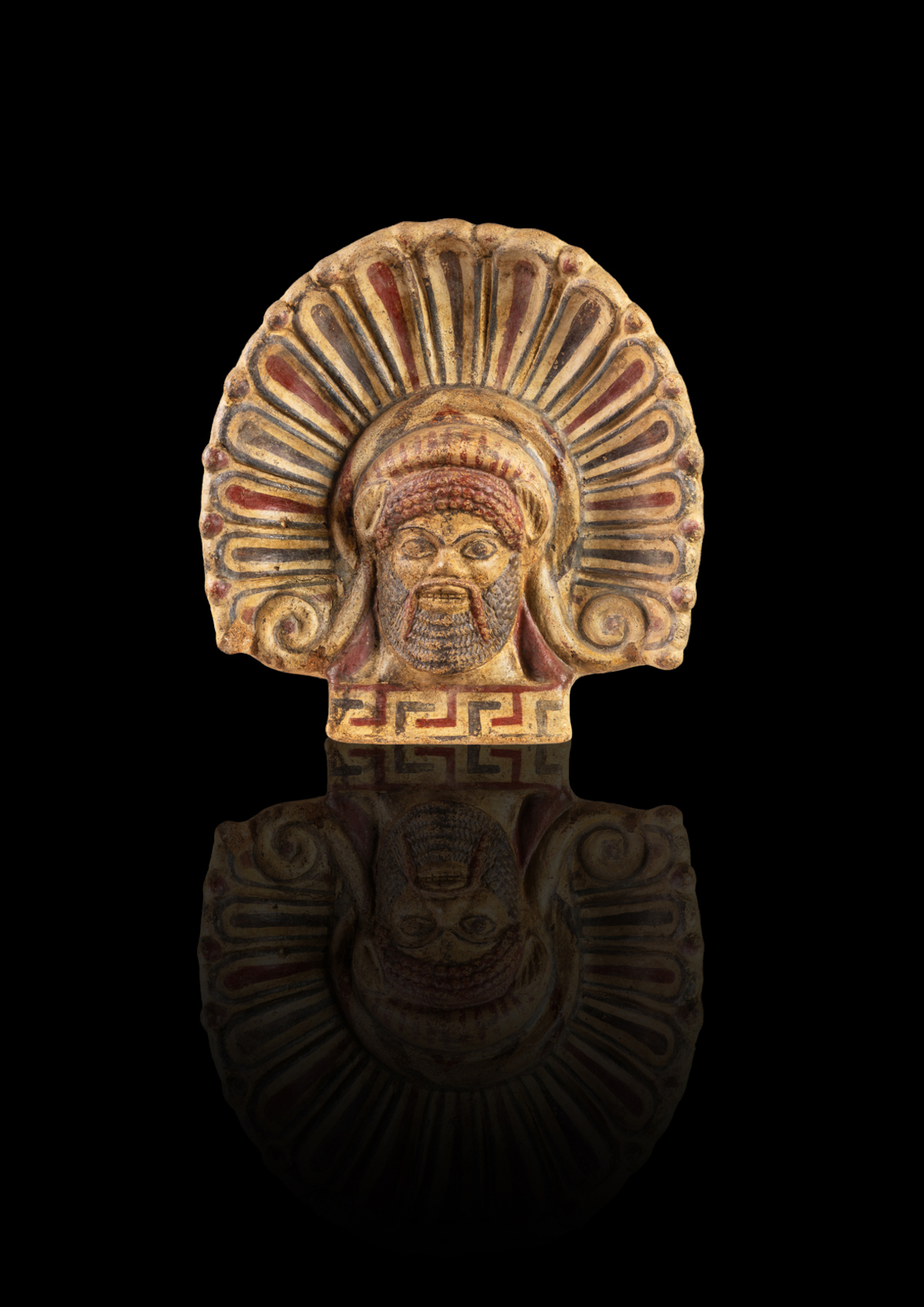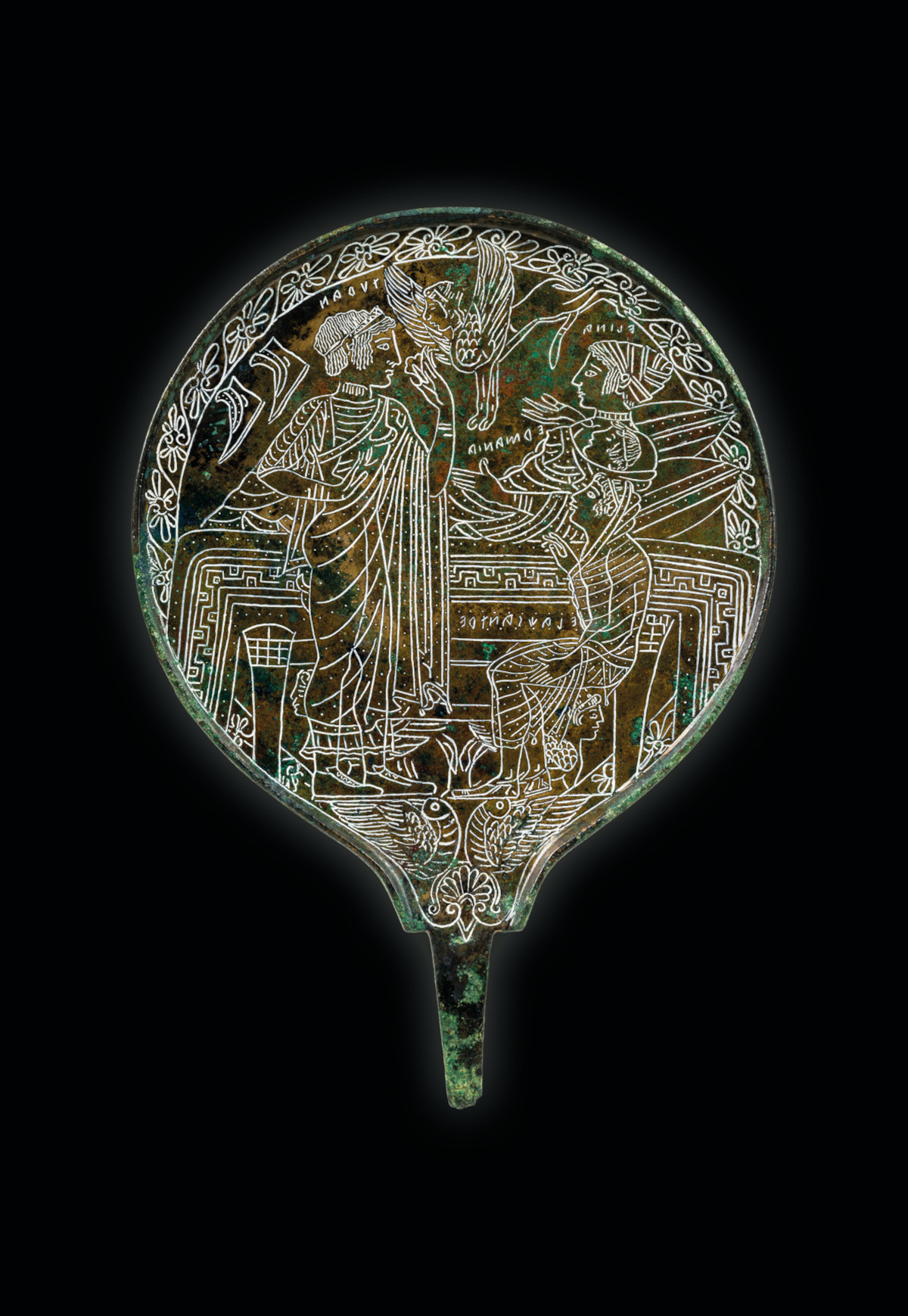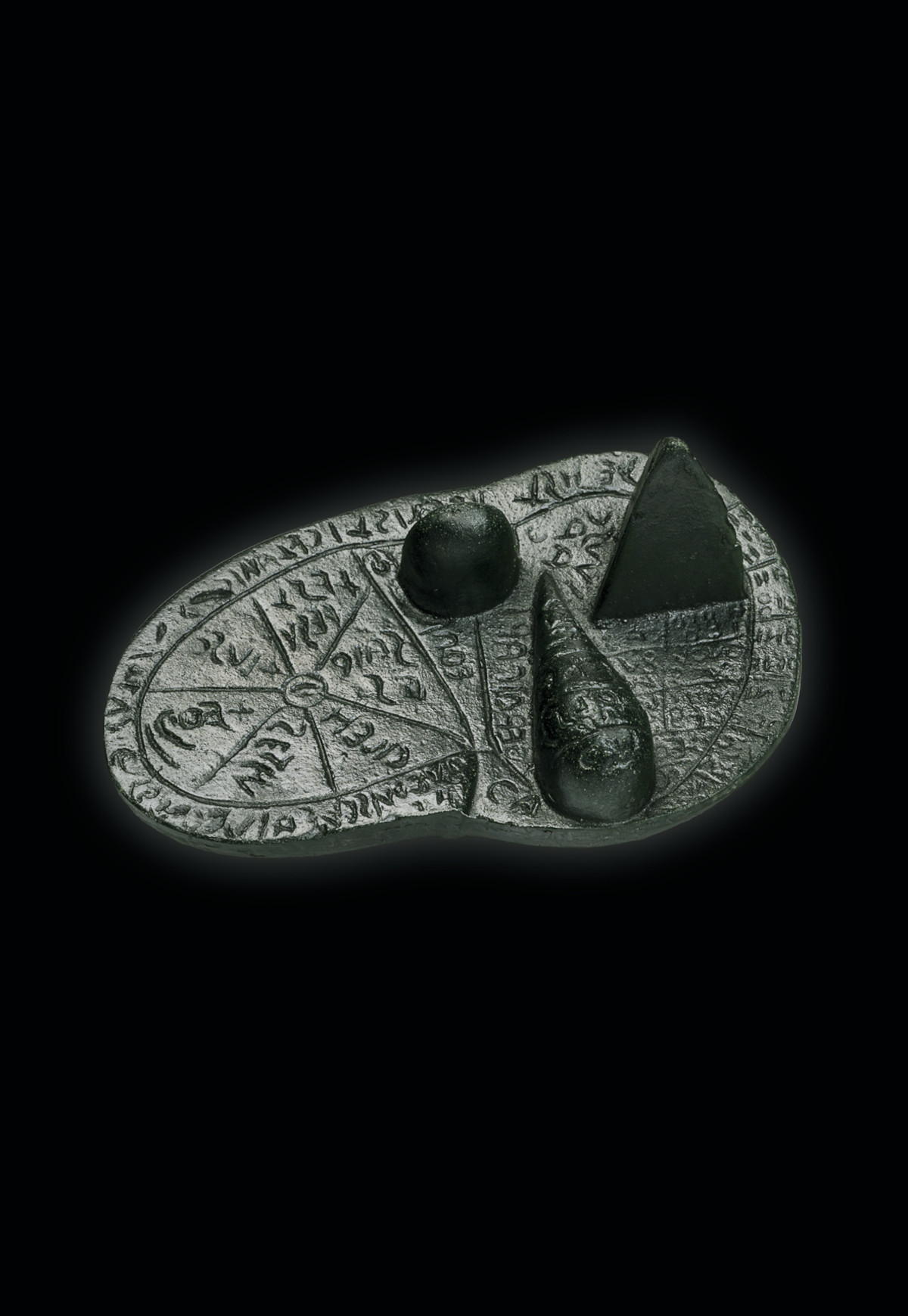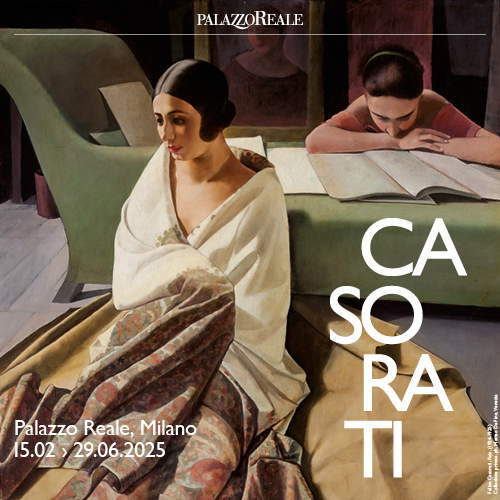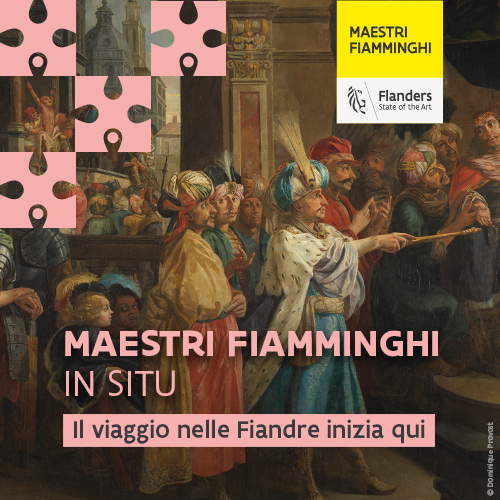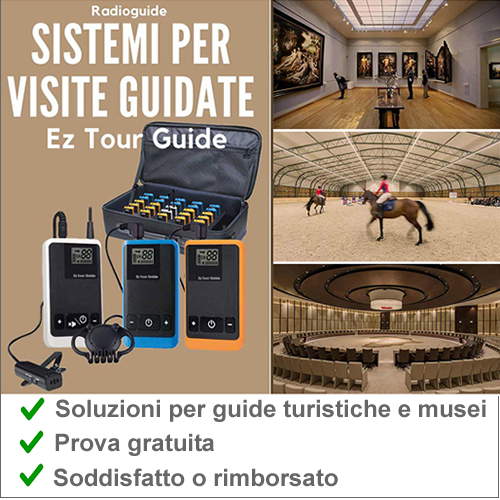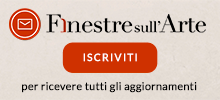
An exhibition in Bolzano investigates the art and craft production of the Etruscans
From October 24, 2024 to February 2, 2025, the Trevi-Trevilab Center in Bolzano is hosting an exhibition that aims to be a specific survey of the artistic and craft production of the Etruscan civilization.
By Redazione | 24/07/2024 14:15
From Oct. 24, 2024 to Feb. 2, 2025, the Trevi-Trevilab Center in Bolzano is hosting the exhibition Etruscans. Artists and Craftsmen, curated by Maria Paola Guidobaldi and Valentina Belfiore and promoted by the Autonomous Province of Bolzano in collaboration with the National Etruscan Museum of Villa Giulia in Rome, to introduce the public to Etruscan culture. The exhibition is part of the second stage of the exhibition Stories of Art with Great Museums, a multi-year journey that aims to make people discover the great ancient and modern civilizations: "another fundamental step toward the knowledge of our past with the aim of keeping the interest in culture and the rich artistic heritage preserved in the great Italian museums always alive," as Marco Galateo, vice-president of the Province and councillor for Italian Culture, pointed out.
The exhibition is not intended to be a generic review of the Etruscans, but a specific investigation of their great civilization, that of the artistic and craft production that characterized these ancient peoples.
The exhibition will be divided into eight sections. It will begin with artifacts related to funerary ritual, and then present an excursus on the most typical craft productions, including buccheri. A special focus will be devoted to historiated ceramics, particularly black-figure amphorae of Greek manufacture, signed by Nikosthenes and made especially for high-end Etruscan clientele. The next section, however, will be devoted entirely to the creations of Etruscan artists and craftsmen, who, like their Greek counterparts, signed their works. These potters, bronze and coroplast makers created and personalized works for an elite clientele.
Alongside the masterpieces of the masters, which were reserved for the few, the exhibition also presents examples of production that was accessible to all: tableware and everything needed for banquets or toileting. Bronze working, at which the Etruscans excelled, was also applied to the forging and chiseling of armor. Fine examples of Etruscan-Italic helmets will be on display. The exhibition thus explores not only everyday life, banquets, feasts and wars, but also the sacred and the cult of the dead. The eighth and final section of the exhibition will also be devoted to the sphere of the sacred. Here one will see evidence of dedications, votive bronzes, offerings, and instruments for worship and the exercise of divinatory practices. When worship went from domestic to collective, temples were referred to, on the Greek and Roman model. The Etruscans developed their own temple architecture, described by Vitruvius. Documenting it in the exhibition will be an antefix from a temple depicting a Silenus head in a riot of color.
The artifacts selected for this exhibition will be accompanied by extensive illustrative apparatus and a timeline in order to place individual objects in the original context to which they belonged, and to follow the evolution of a civilization that marked the history of the peninsula and Europe, and still fascinates.
"The manifestations of artistic craftsmanship," say the curators, "represent a privileged medium for approaching the knowledge and study of the Etruscans." "In the necessary selection of significant objects for the subject treated," they explain, "the exhibition intends to offer an excursus as concise as it is evocative of the masterpieces and the most characteristic productions of craftsmanship, of the Etruscan pantheon and of the forms of devotion spread at various levels of society. At the same time, the occasion takes the form of an extraordinary chance to get to know some documents usually kept in the repositories, which are no less than those usually on display."
